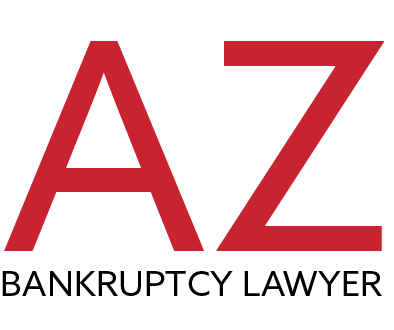CHAPTER 7 BANKRUPTCY
Chapter 7 bankruptcy is often referred to as liquidation bankruptcy. Chapter 13 bankruptcy, on the other hand, requires that the debtor make a monthly payment for up to 5 years. Chapter 7 bankruptcy allows you a “fresh start” without the extra burden of making payments to the court for distribution to unsecured creditors. The most significant risk in filing for chapter 7 relief is that there is the possibility of liquidation. The individual assigned to oversee your chapter 7 case must determine whether you own any “non-exempt assets” which can be sold for money to distribute to your creditors (liquidation).

Assets
Chapter 7 cases are “no asset cases.” A trustee determines that little or no non-exempt assets exist that are worth selling. If you have non-exempt assets that have substantial value, you could be at risk of losing them in Chapter 7 bankruptcy. Therefore, it is critical to know which assets are exempt and which aren’t. Also, one or more of your assets may be partially exempt.
A Chapter 7 case may be a better alternative if you think you have few (if any) non-exempt assets or have less than the exemption amount of equity in your cars or home. It is also crucial to remember that your assets’ value is not the same as what you originally paid for them, but are valued at what they could be sold for at auction.
Discharge
Barring any fraud or complications, you will typically receive your discharge in a Chapter 7 bankruptcy about 3-4 months after filing. Your unsecured debts are discharged, or eliminated. But, it is critical to remember that some of your debts will be secured debts, and those creditors have a secured interest in your property, such as your home, your car, and others.
These secured debts can be eliminated. However, if you choose not to continue to pay back these creditors, they still have the right to repossess, foreclose, or confiscate. If you decide to abandon the collateral, any outstanding deficiencies — the amount that you still owe when your foreclosed or repossessed property is sold at auction for less than what you owed. This will also be eliminated when you receive your discharge. However, if you elect to “reaffirm” these debts — meaning you wish to hold on to the car or house and continue to make the regular payments only to default at a later date, any remaining debts will still be owed because of the reaffirming. In essence, this is a means to take that debt out of the bankruptcy.
Advantages of Filing Chapter 7
Advantages of Chapter 7 bankruptcy include:
- Provides a fresh start
- You keep any income you receive after filing
- No debt limits
- No repayment plan
- Lower legal fees.
Disadvantages of Filing Chapter 7
There are a few cons of Chapter 7 bankruptcy. You must be up to date on your payments to secured creditors (cars, house, etc.) if you want to keep them/ Also, a Chapter 7 trustee may sell your assets/ To find out if Chapter 7 bankruptcy is right for you, contact an experienced bankruptcy attorney.
